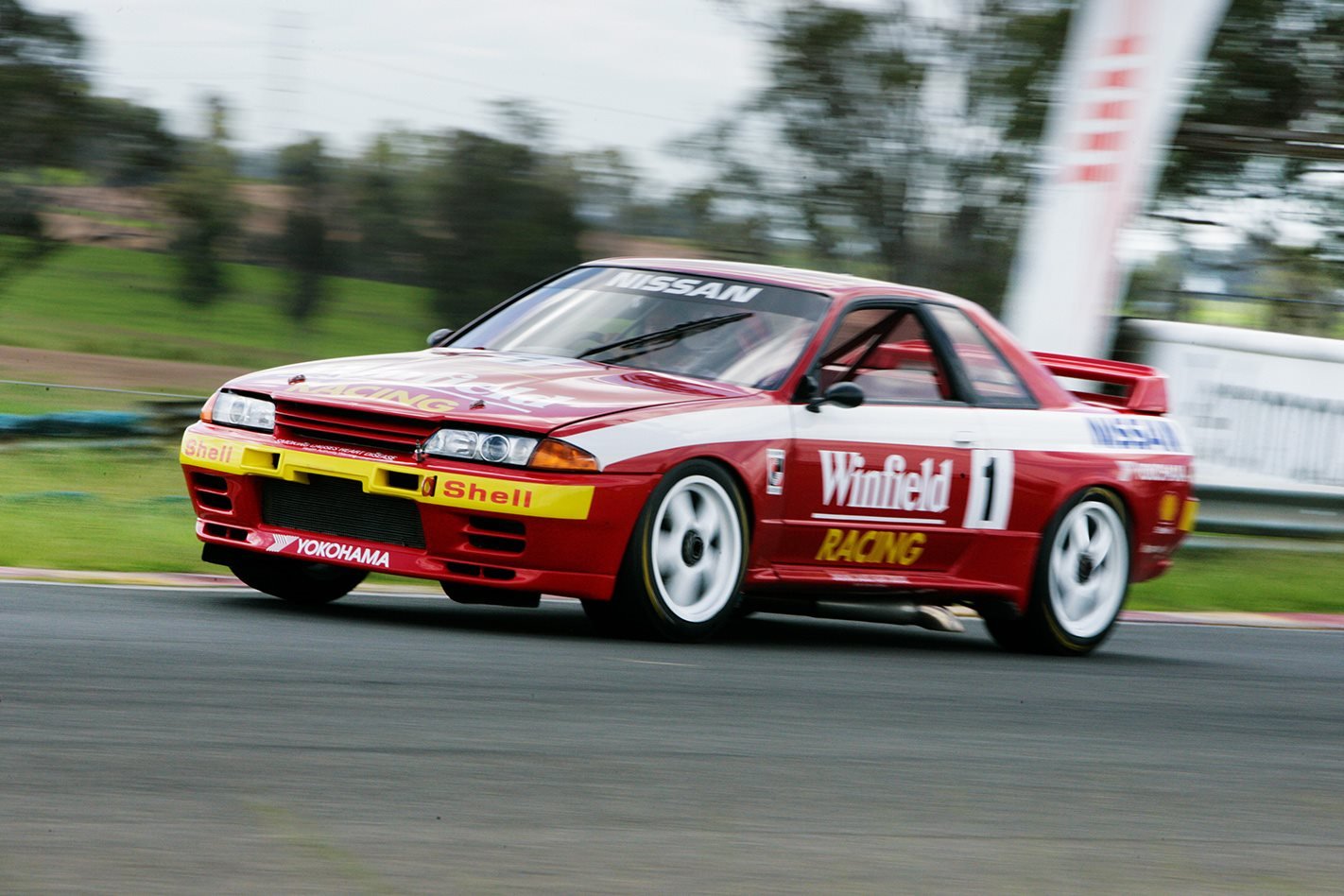Nissan is withdrawing from touring car racing in Australia. Again. Nissan Motorsport’s Australian operation has today announced that it will be retiring its Altima-based race cars and exiting the paddock, meaning Japan’s second-largest automaker will once again be absent from the country’s top-tier tin-top racing format.
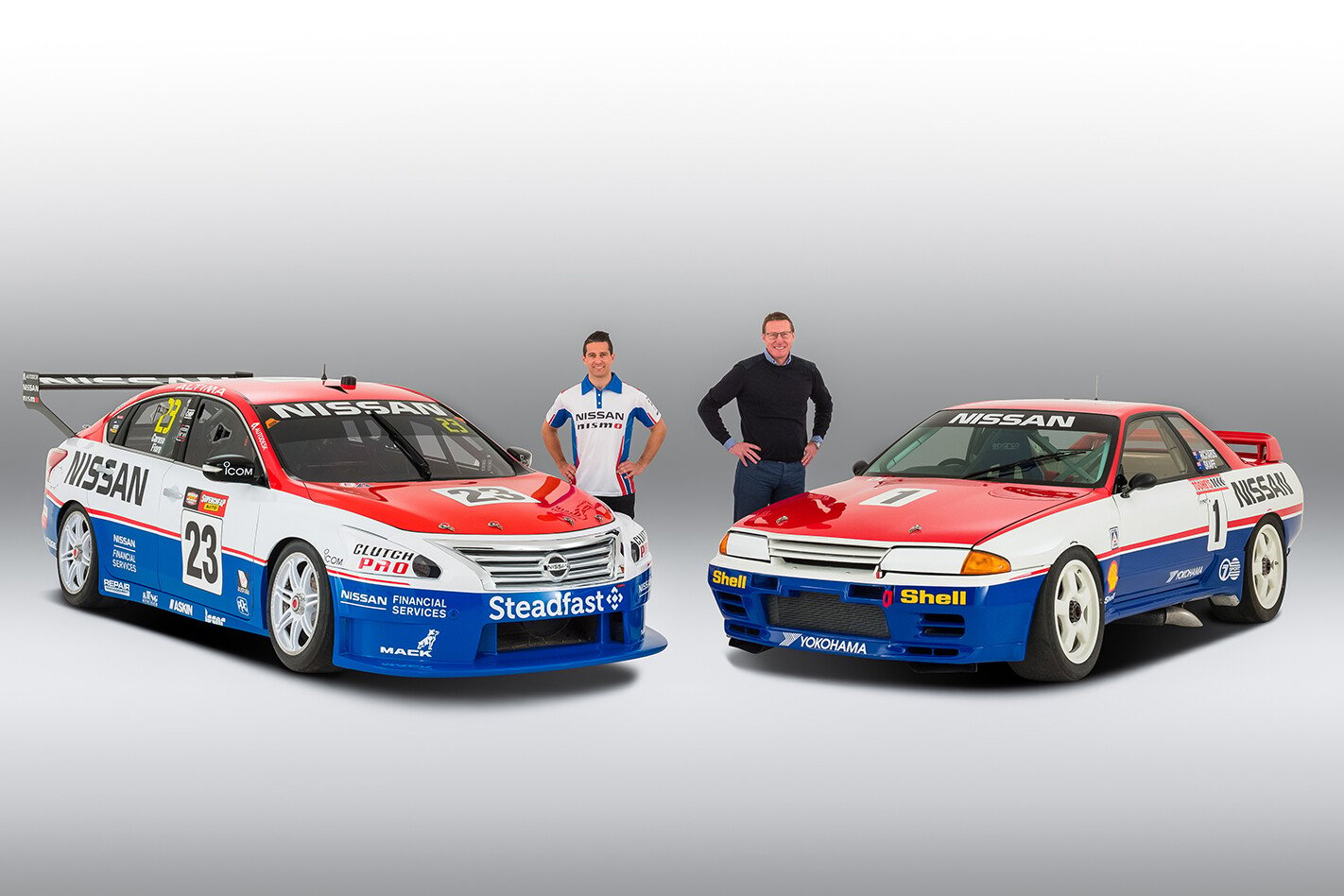
The brand has a rich history of touring car racing that stretches well past the Altima era, with a bevy of its production cars campaigned under various teams over the past three and a half decades. Some are more famous than others (a certain red Skyline GT-R comes to mind), but here’s our list of the most notable Nissan touring cars from years gone by.
Nissan 910 Bluebird
A multi-disciplined racer with talent on both dirt rally stages and tarmac circuits, George Fury first campaigned Datsun 1600s and Stanzas in rally before making the switch to the Australian Touring Car Championship at the wheel of a turbocharged 910 Bluebird.
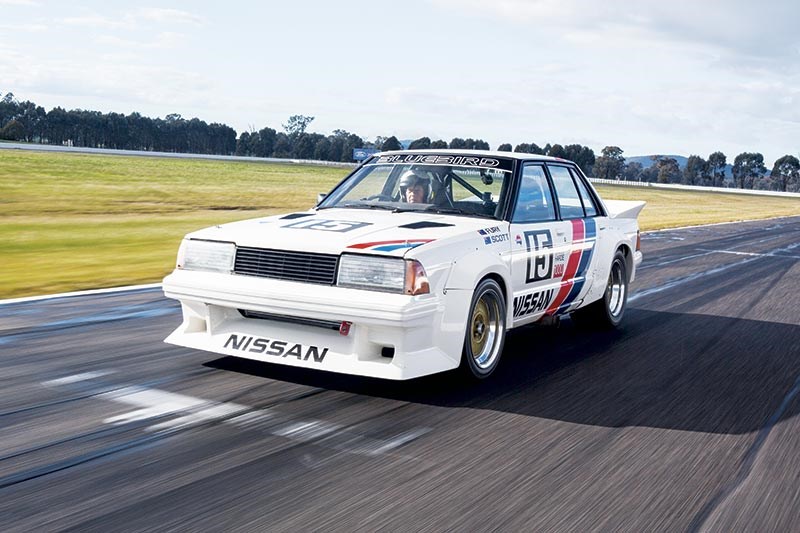
While domestic Bluebirds, assembled in Clayton, Victoria, were carburetted, naturally aspirated and riding on live axle rear suspension, Fury’s Nissan-funded race car was powered by a turbocharged and fuel-injected 1.8-litre inline four and was equipped with a fully independent rear end. It was also famous for being steered by Fury to a sub-2m14s lap time during qualifying at the 1984 Mt Panorama race – the fastest-ever lap by a Group C car at Bathurst, and a record that would stand for six years.
Nissan DR30 Skyline
With the demise of Group C and the adoption of Group A as the new touring car format, Nissan’s local motorsport presence shifted from the by-then antiquated Bluebird to the DR30 Skyline in the 1986 Australian Touring Car Championship. With Group A rules mandating cars that more closely resembled their production counterparts, the Skyline would provide a more ‘honest’ representation of Nissan’s road car technology than the heavily modified Bluebird.
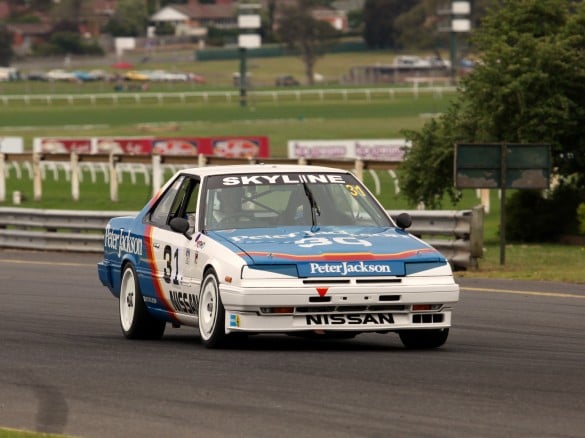
Campaigned under Peter Jackson colours and again driven by George Fury (with another car shared by Glenn Seton and Gary Scott), the Skyline was powered by a 2.0-litre FJ20 turbo inline four and proved more successful on track than the Bluebird, winning Nissan the manufacturer’s championship in 1986.
Nissan HR31 Skyline GTS-R
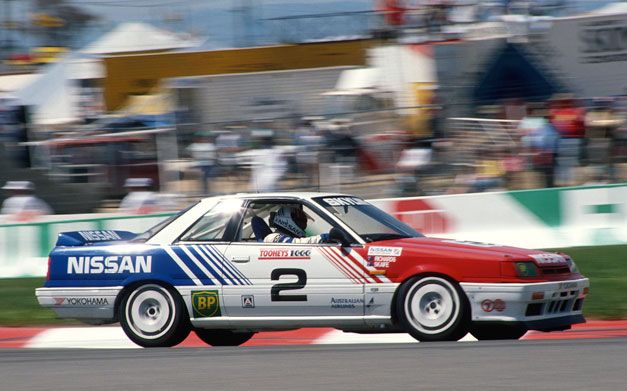
Though its silhouette looked familiar, the R31-generation Skyline was a clean-slate design that boasted a number of advancements over the DR30 it replaced. Key among them was the move to the howling RB20 inline six which boasted up to 321kW and more sophisticated suspension hardware underneath, though like the DR30 before it, it was based on a bodystyle that wasn’t offered in Australia – local Nissan dealships only offered the R31 Skyline in either sedan or wagon.
Jim Richards and Mark Skaife also joined Nissan’s motorsport efforts behind the wheel of the Skyline GTS-R, with Richards winning the 1990 Australian Touring Car Championship after driving the GTS-R for six of eight rounds. Both drivers would, however, become more famously associated with Skyline of a different type…
Nissan BNR32 Skyline GT-R
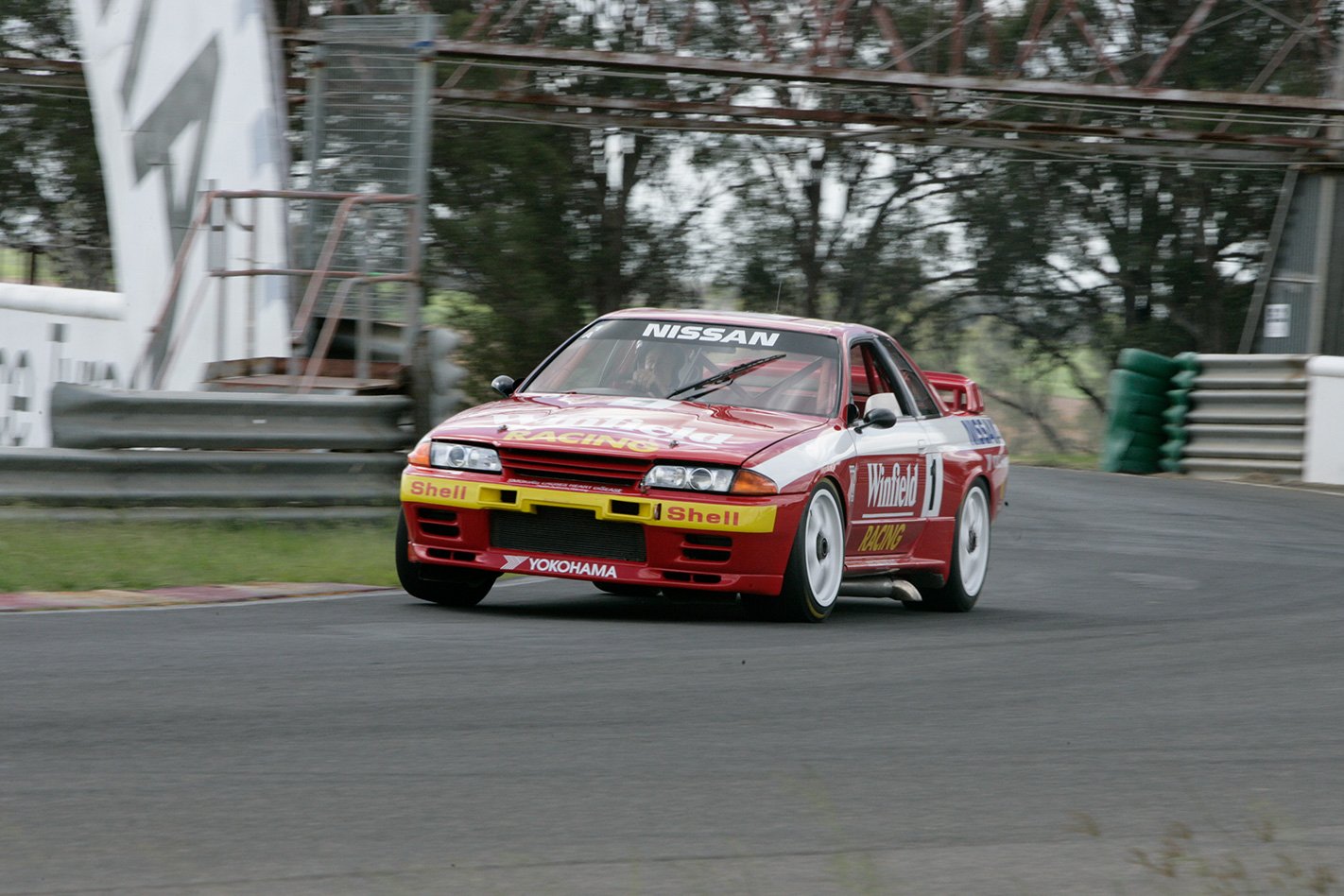
The mighty Godzilla. Bristling with cutting-edge electronics, four-wheel drive and a stupendously powerful twin-turbocharged 2.6-litre RB26 inline six, the 429kW Skyline GT-R was a dragon-slayer of a car. In the hands of Richards and Skaife, it kicked plenty of arses. Of 27 Group A races, the GT-R scored 16 victories and ended the dominance of Dick Johnson’s Ford Sierras.
But its sheer speed would be its undoing. Success brought sanctions, with the car’s minimum weight being increased and boost pressures reduced to close the gap between Nissan’s twin-turbo beast and the rest of the field. In 1993, Group A regulations were dumped altogether in favour of a 5.0-litre V8 format that played into the hands of Holden and Ford, but nobody else. Nissan’s GT-R was effectively given the cold shoulder.
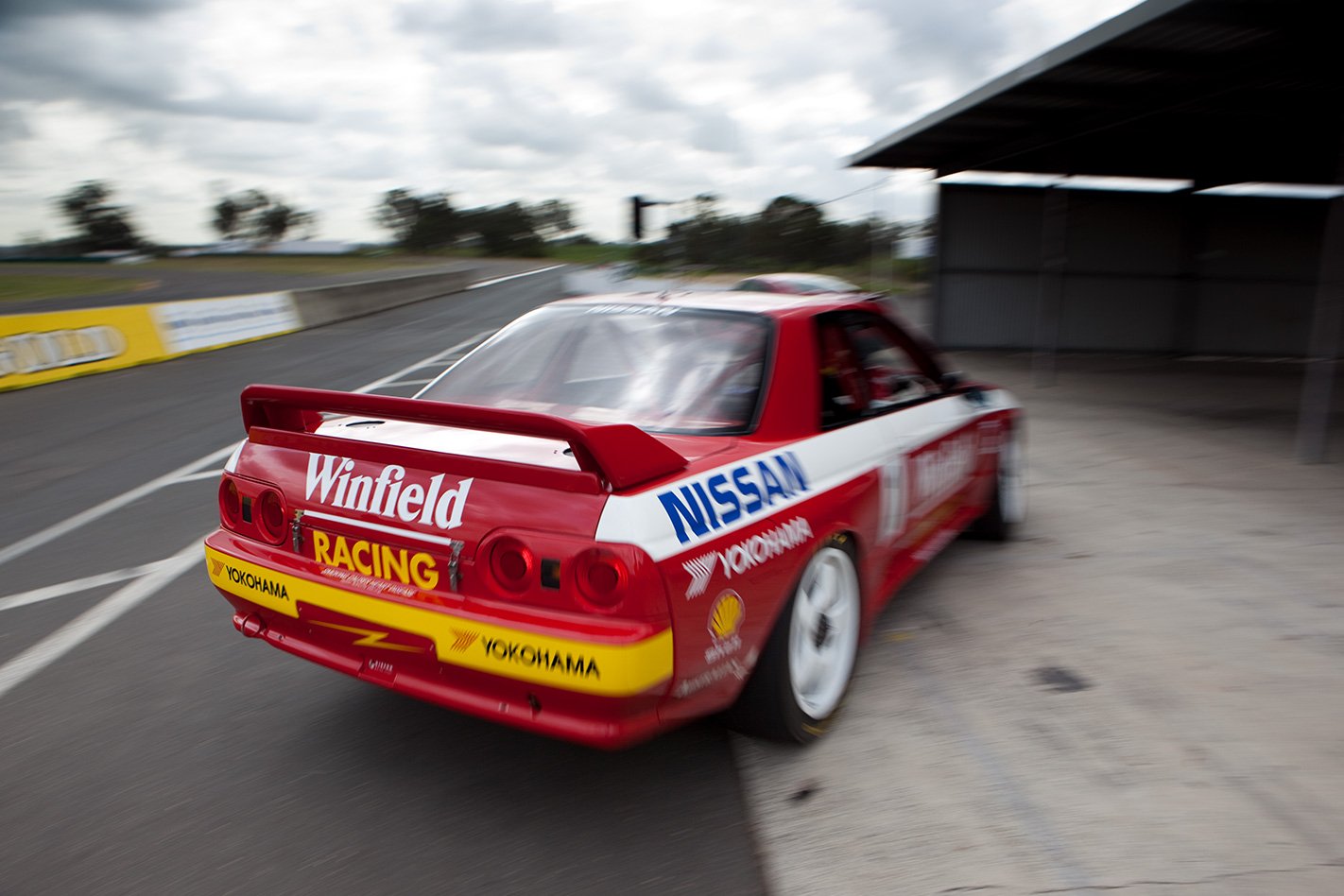
Nissan Altima V8
If you can’t beat ‘em, join ‘em. That’s the mentality that spawned the Altima V8 Supercar in 2013. Nissan’s ho-hum Altima midsize sedan was never a sporty choice, but it provided a four-door bodyshell that actually lined up neatly with the dimensions mandated by the new Car Of The Future rulebook. It didn’t even require much in the way of massaging, unlike the Falcons and Commodores on the grid that required subtle nips and tucks to their sheetmetal.
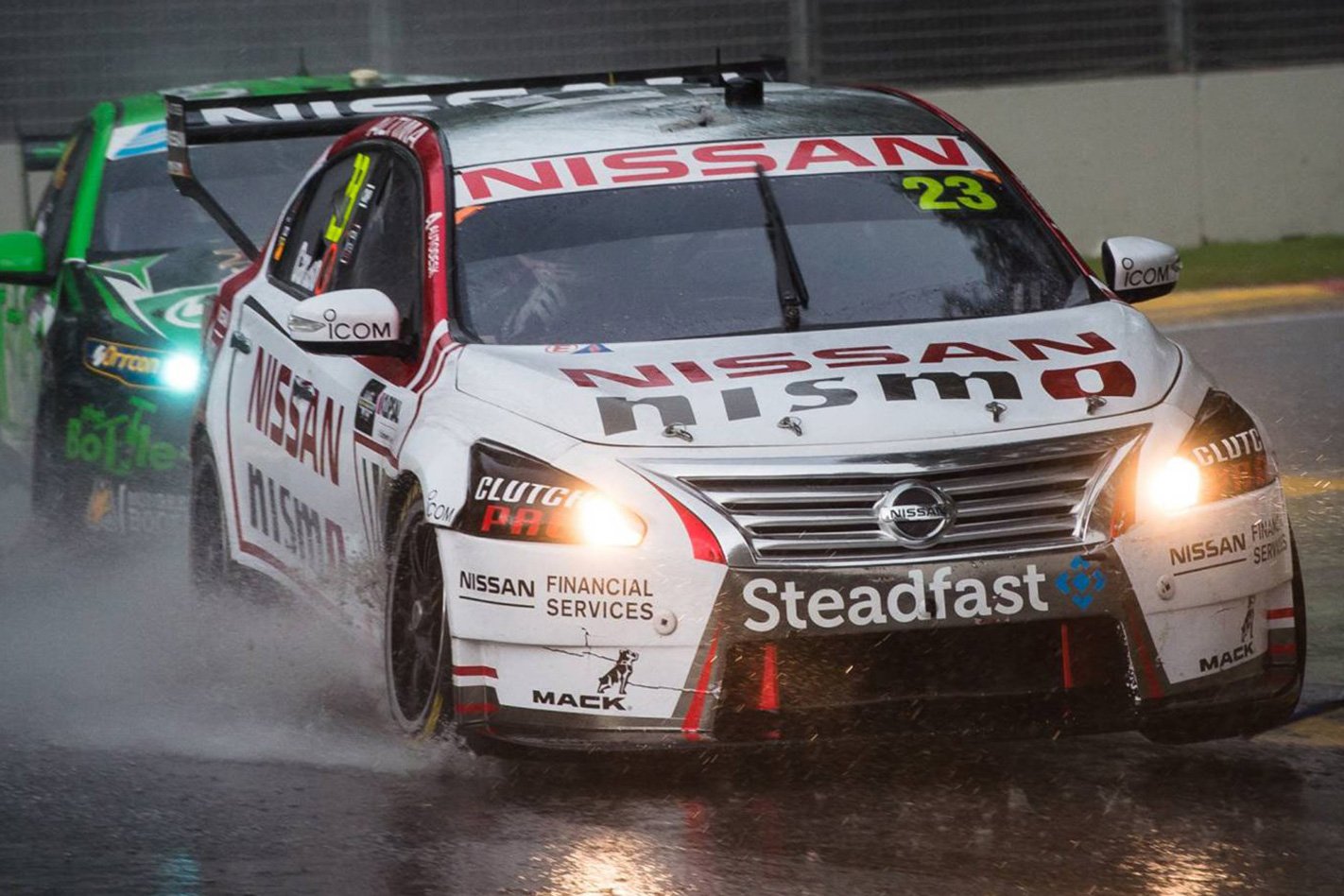
Aussie touring cars ceased being relevant to their road-going counterparts since the demise of Group A, but the Altima nevertheless made use of Nissan’s parts bin to become race-ready. The hulking Y62 Patrol’s all-aluminium 5.6-litre V8 was adapted for racing duty with bespoke heads (still DOHC) and a reduction in displacement to 5.0 litres.
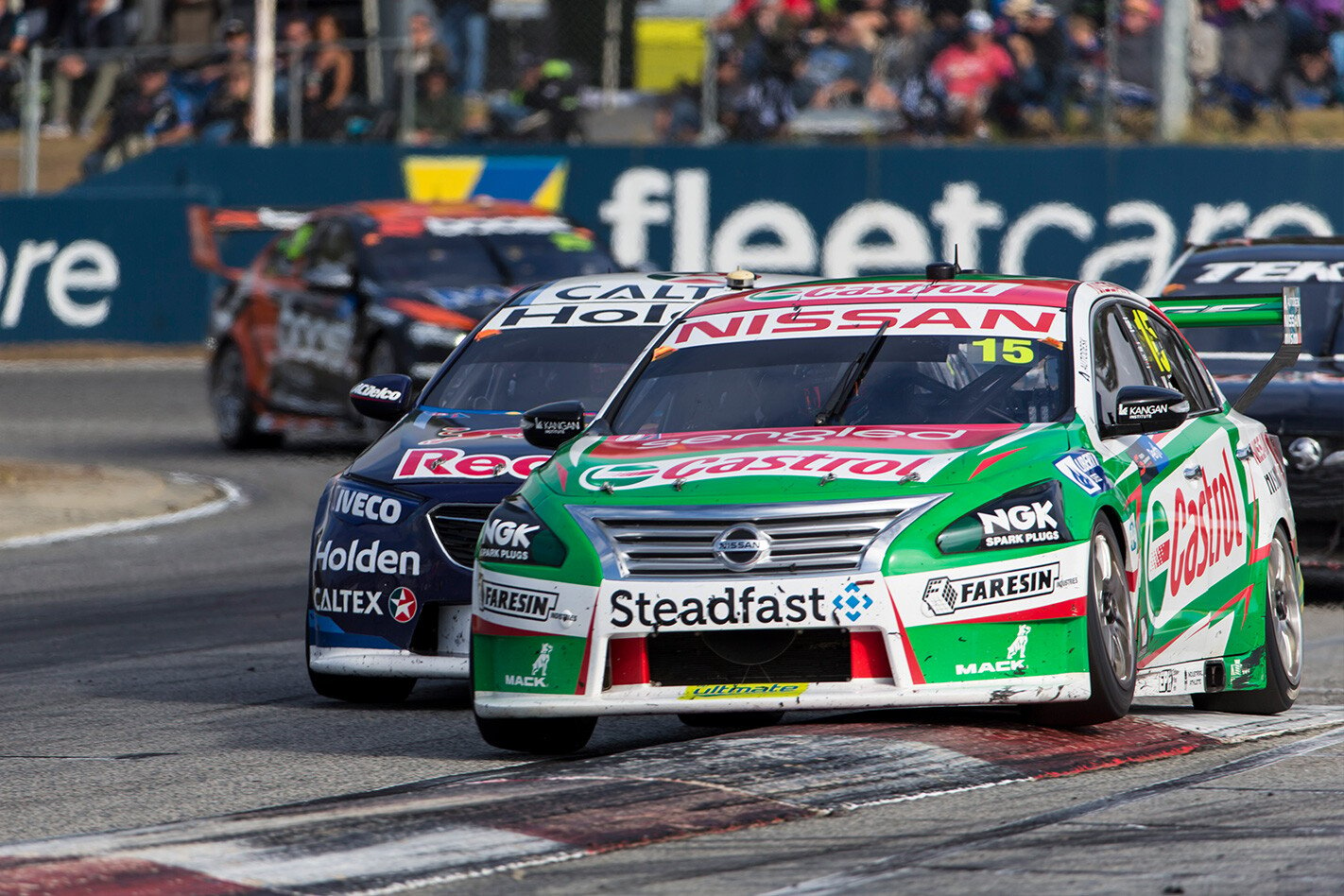
Built by Kelly Racing in Victoria, the Altimas were not especially successful as race cars – no doubt a factor in Nissan’s decision to end its Supercars program. Is this the end for Nissan’s Australian racing story or is it simply on hiatus once again?

